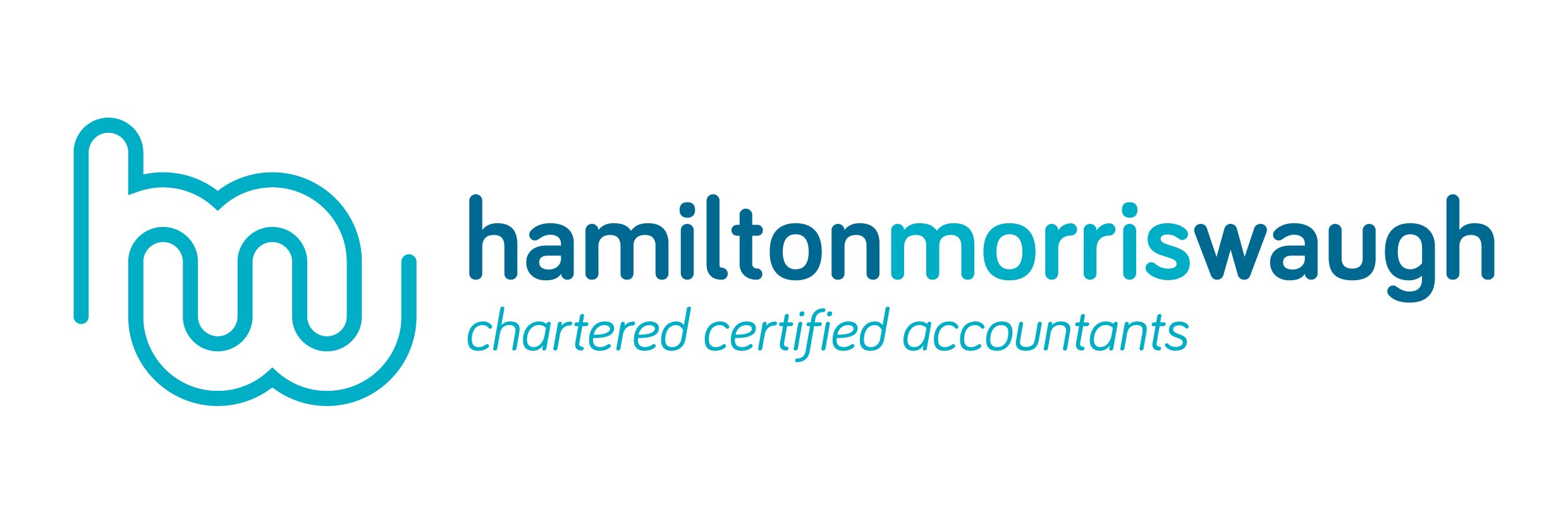Budgeting and forecasting are pivotal to ensuring the growth and sustainability of any pharmacy business.
Pharmacies are part of a fast-shifting, seasonally dynamic industry that also has to keep pace with the wider medical industry. Pharmacy accounting is paramount to building an effective, profitable pharmacy business that thrives in the face of external factors.
Let’s delve into some proven strategies to set your business up for success.
The role of budgeting in pharmacy accounting
Budgeting involves anticipating present and future costs and ensuring you have the funds to cover them, all while ensuring your pharmacy remains financially healthy and profitable.
This is the case for both family-run pharmacies and larger chains.
The role of forecasting in pharmacy accounting
Forecasting allows you to make informed decisions about your pharmacy’s future.
By analysing past trends and current data, you can predict future sales, identify potential challenges, and plan accordingly.
Robust forecasting ensures you’re never caught off guard, especially during peak and unpredictable seasons like winter.
Understanding seasonal trends in pharmacy operations
One of the key aspects of budgeting and forecasting for pharmacies is seasonality.
Many illnesses and ailments are seasonally dynamic, and pharmacy sales typically spike during autumn and winter.
1) Fluctuating demand
Pharmacies often see a surge in demand during certain times of the year.
For instance, the winter months might bring an increased need for flu medications and vaccines, while summer could see a rise in demand for allergy medications.
2) Promotional opportunities
Understanding seasonal trends allows pharmacies to plan promotions and discounts effectively.
For instance, promoting sunblock and skincare during the summer or offering discounts on vitamins during the winter.
3) Staffing requirements
There might be times when the pharmacy needs additional staff due to increased demand, like during flu season or for Covid vaccinations.
Conversely, pharmacies can reduce shifts or offer staff training during quieter periods. Forecasting these trends ensures that the pharmacy is always adequately staffed.
4) Cashflow management
Seasonal trends significantly impact cashflow. By forecasting these trends, pharmacies can ensure they have adequate funds during lean periods and can invest surplus during peak times.
Strategies for success
So, how do pharmacy businesses harness budgeting, forecasting and other financial planning strategies for their success?
1) Embrace technology
Cloud accounting software can alleviate the headache of managing large quantities of stock, tracking expenses and even analysing demand.
Automation: Automating tasks like data entry, invoice processing, and even some aspects of financial analysis can be streamlined.
Real-time data: Modern software provides real-time financial data, allowing pharmacies to make informed decisions promptly. This can be particularly beneficial for tracking inventory or monitoring cash flow.
Integration: Many of these tools can integrate with other systems, ensuring that all your operational and financial data is in sync.
2) Regularly review and adjust
The pharmacy landscape is dynamic and influenced by an array of external factors.
Regulatory changes: Changes in healthcare regulations can have direct financial implications. Staying updated and adjusting your budget and forecasts accordingly is crucial.
Customer behaviour: As consumer preferences evolve, pharmacies need to adapt. This could mean offering new products or services or changing business hours. Regular reviews ensure your financial plans align with these shifts.
3) Plan for contingencies
Every business faces unexpected challenges, and pharmacies are no exception.
- Financial cushions: A contingency fund acts as a financial cushion, ensuring that unexpected expenses don’t derail operations. This could be in the form of reserved cash or an accessible line of credit.
- Scenario planning: Regularly play out ‘what if’ scenarios. What if a major supplier increases prices? What if there’s an unexpected product shortage? Having strategies in place for these scenarios ensures you’re never caught off guard.
4) Know your customers
At the heart of every pharmacy is its customers. Understanding them is critical to successful financial planning.
- Feedback loops: Regularly solicit feedback. This could be through comment cards, online surveys or informal conversations. Understanding needs and preferences can guide stock decisions, promotional offers, and more.
- Loyalty programs: These not only incentivise repeat business but also provide valuable data on purchasing trends.
In conclusion
Budgeting and forecasting are essential components of pharmacy accounting and form the backbone of a financially savvy pharmacy operation.
This fast-paced and dynamic industry demands flexible strategies cut out for the modern era.
With the right strategies and a partner who understands the nuances of the pharmacy industry, you can set your practice up for long-term success.
Want to take your firm to the next level? Talk to experienced pharmacy accountants about budgeting and forecasting for your pharmacy business.


